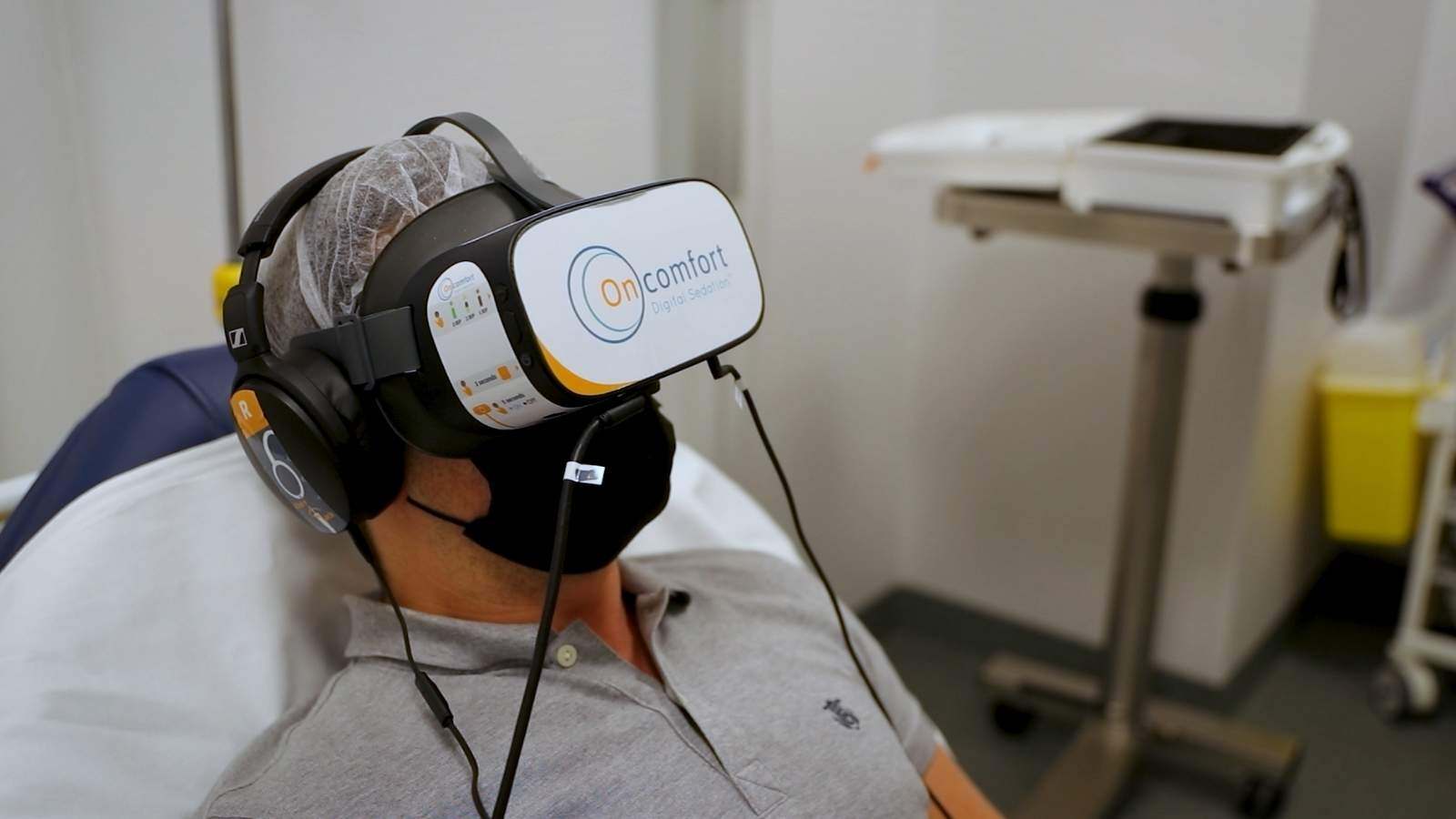Any company in the pharmaceutical or medical device industry with a certified GMP, GDP or ISO 13485 Quality Management System must conduct self-inspections (GMP, GDP) or internal audits (ISO 13485). For ease of reading, the term internal audit is used in this article.
Conducting internal audits offers you more benefits than checking a box in your annual audit plan and creating the necessary corrective and preventive actions.
This blog post will give you insight into why internal audits are essential to an effective QMS and why you want to invest time in doing them well.
Requirements from the guidelines and standards
If we look at what GMP, GDP and ISO 13485 require you to do with regard to internal audits, we can extract two important messages.
Effective QMS implementation
First, internal audits must be conducted to determine if your QMS is being implemented effectively. In other words, are internal procedures being followed, are deviations, risks, and changes properly identified and managed, is the training process effective, etc.?
Compliance with guidelines and standards
Second, internal audits should determine whether the QMS complies with guidelines and standards. If the QMS is set up properly, the requirements and principles from the guidelines and standards have been incorporated into internal policies, procedures and work instructions. This means that if the QMS is effectively implemented, the QMS also complies with the guidelines and standards.
Documentation of corrective and/or preventive actions
As with all QMS processes, the efficiency and effectiveness of the internal audit process should be monitored. Failure to take action after an internal audit may be an indication that the audit process is not effective. This will certainly lead to questions from the authorities.
Getting the most out of an internal audit
We want to emphasize that internal audits offer more benefits to your company:
Get to know the departments better
Being “on-site” with the auditee will allow you to see what is currently happening if they are facing any challenges, and what the plans are for the future.
Perhaps they are facing resource issues, supplier problems, or thinking about implementing new systems. You can ask more specific questions and see if there is anything you can do to support them. Always remember to spot any activities that could trigger your change management, non-conformities, or supplier management process.
If so, this is a perfect time to explain why these activities require your involvement as a quality department and what otherwise would be the potential regulatory or compliance risks.
Increase understanding among auditees
Try to set aside some time to explain why certain processes are in place. Auditees may not understand why certain quality processes such as change management and supplier qualification are necessary or why they need to be documented. The internal audit is a perfect time to explain to them the purpose behind such processes and what the consequences would be for patients and for the company if the procedures are not followed.
Creating more understanding will certainly result in a better relationship with the quality department, which is beneficial to both parties.
Collect feedback from auditees and spot opportunities
The auditee’s feedback may be used to update procedures or even to bring about a process change, so be sure to document it. The internal audit is a perfect place to spot these opportunities for improvement. Showing that you listen to the auditee will certainly improve your relationship with the quality department.
Check compliance before external audit
Don’t forget to set up the necessary corrective and preventive actions to show the external auditor that you are aware of any non-conformities and that you are working on actions to resolve them. This is preferable to having to admit to an external auditor that you were unaware of these non-compliances.
Conclusion: leverage all the benefits
This blog post has given you some insights into why internal audits are an essential part of your QMS and how you can get the most benefit from them. Beyond the legal requirements to determine if your QMS meets guidelines and standards, they can provide more benefits.
Internal audits allow you to:
- get to know departments better,
- explain to people why certain quality processes are required,
- gather useful feedback for further improvements to the QMS,
- have a tool to check your readiness for external audits.




















.png)

.jpg)
